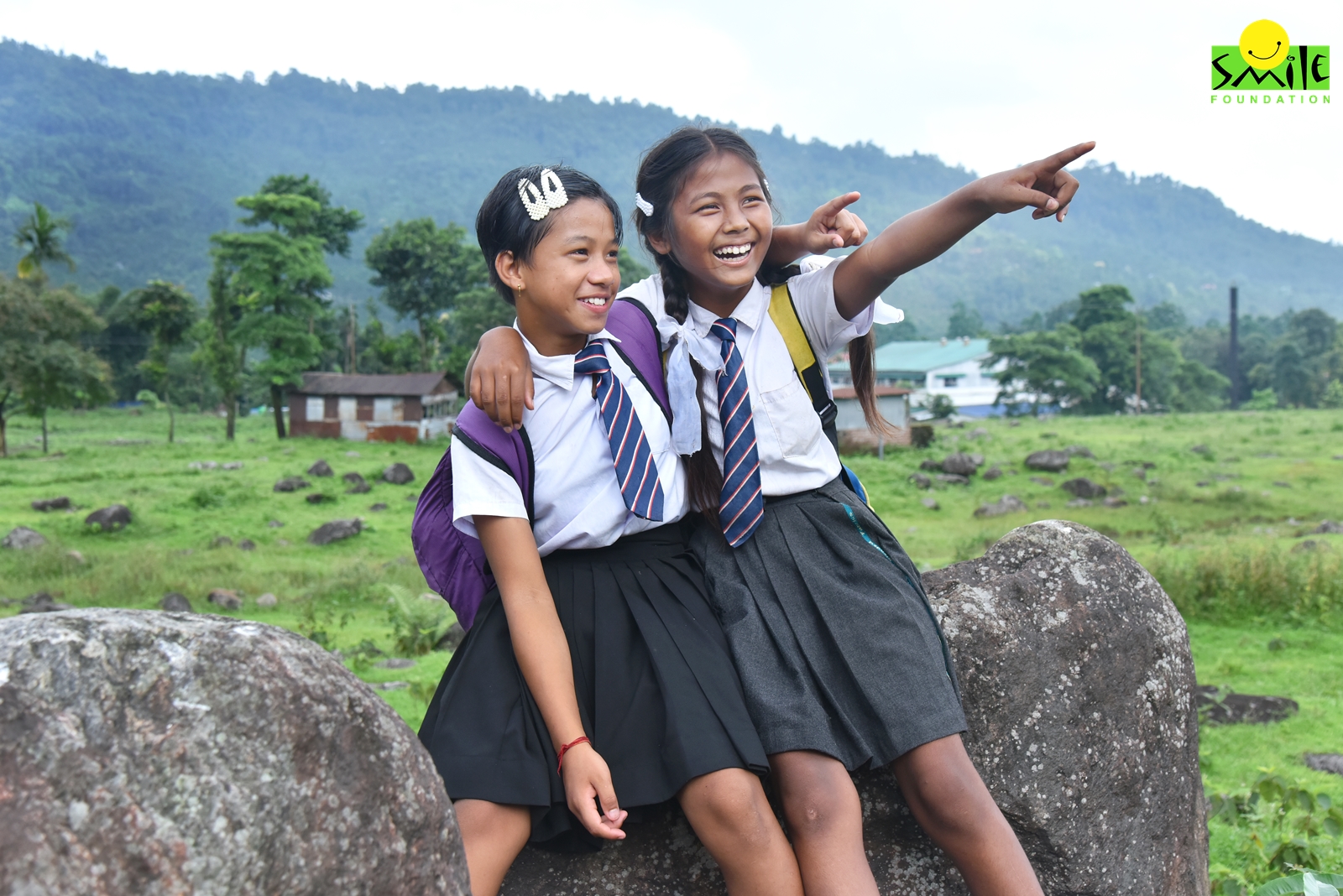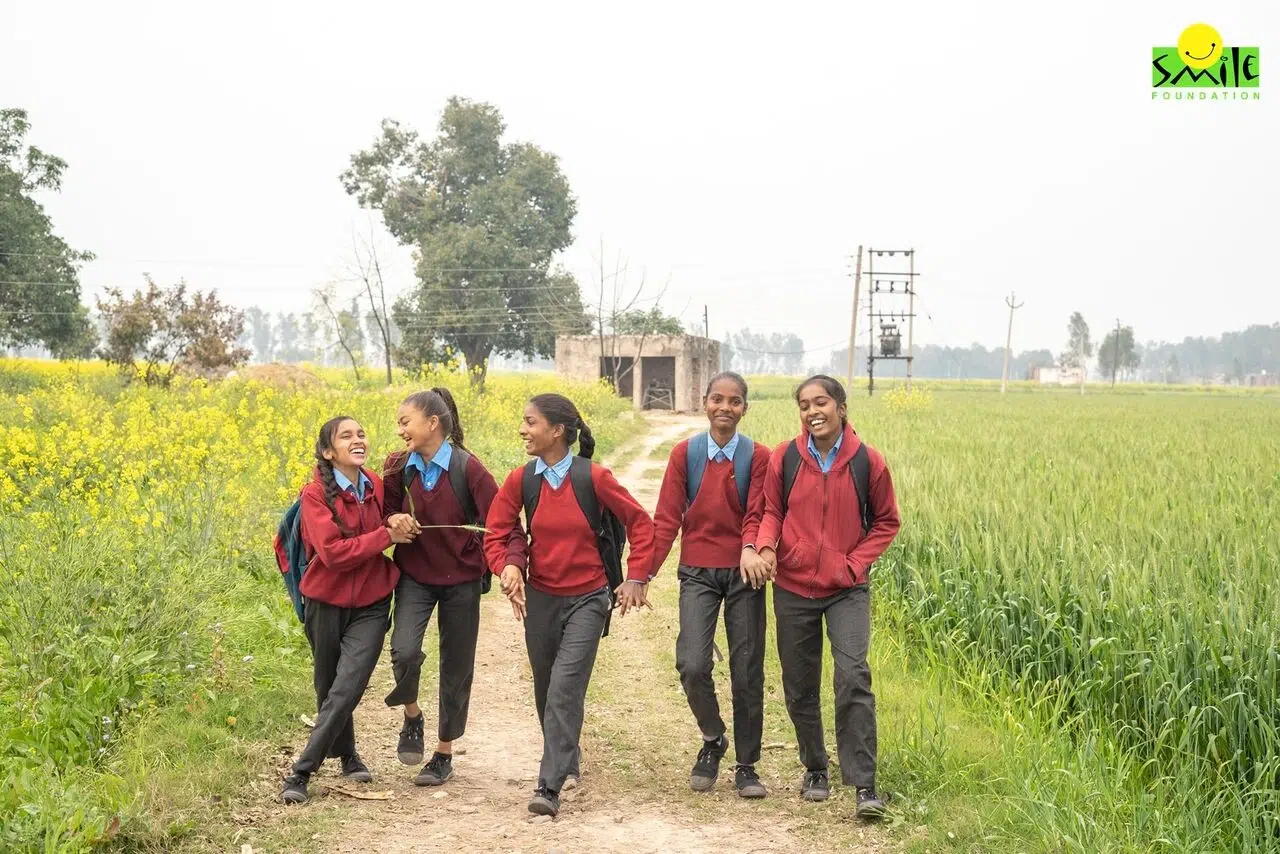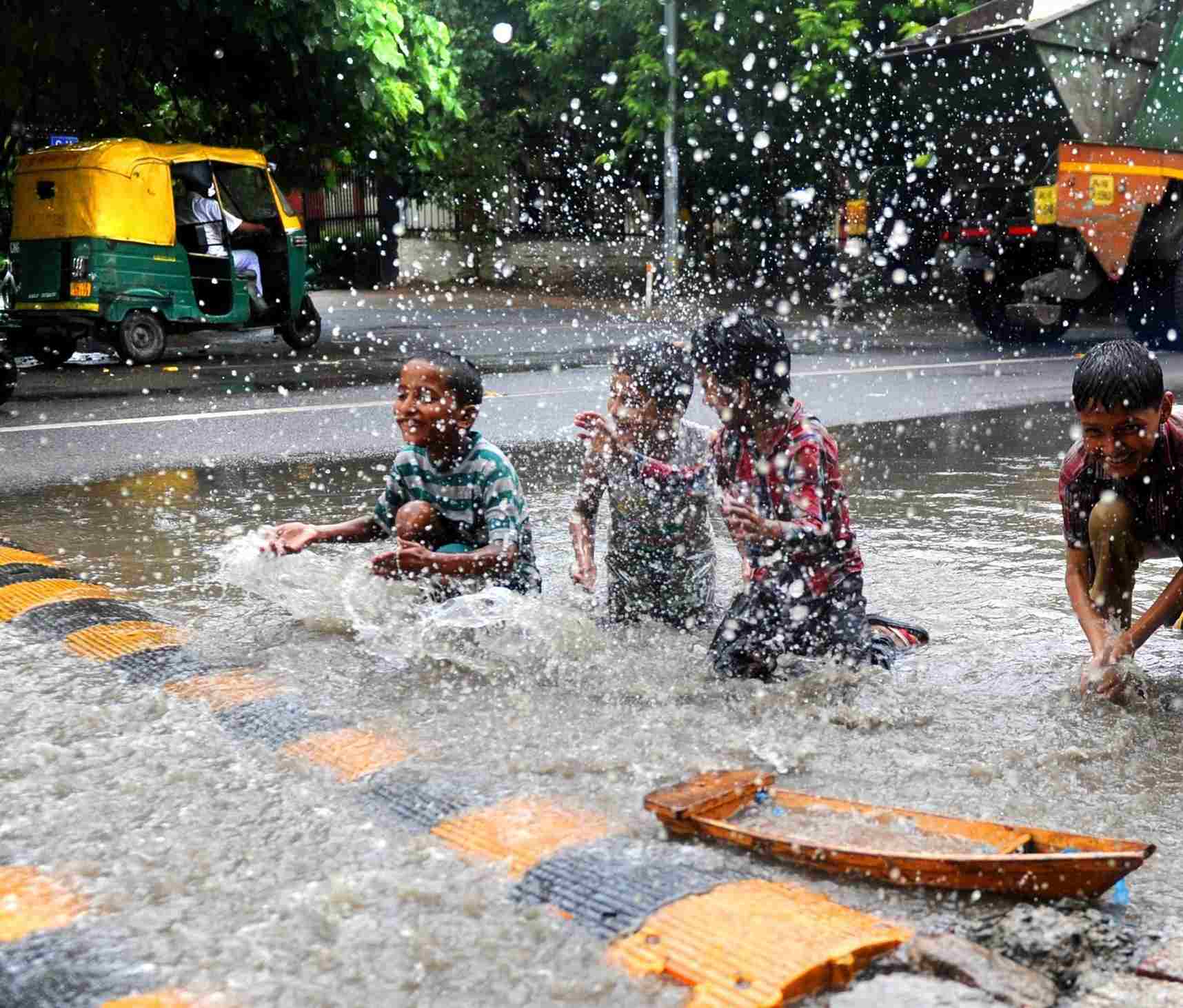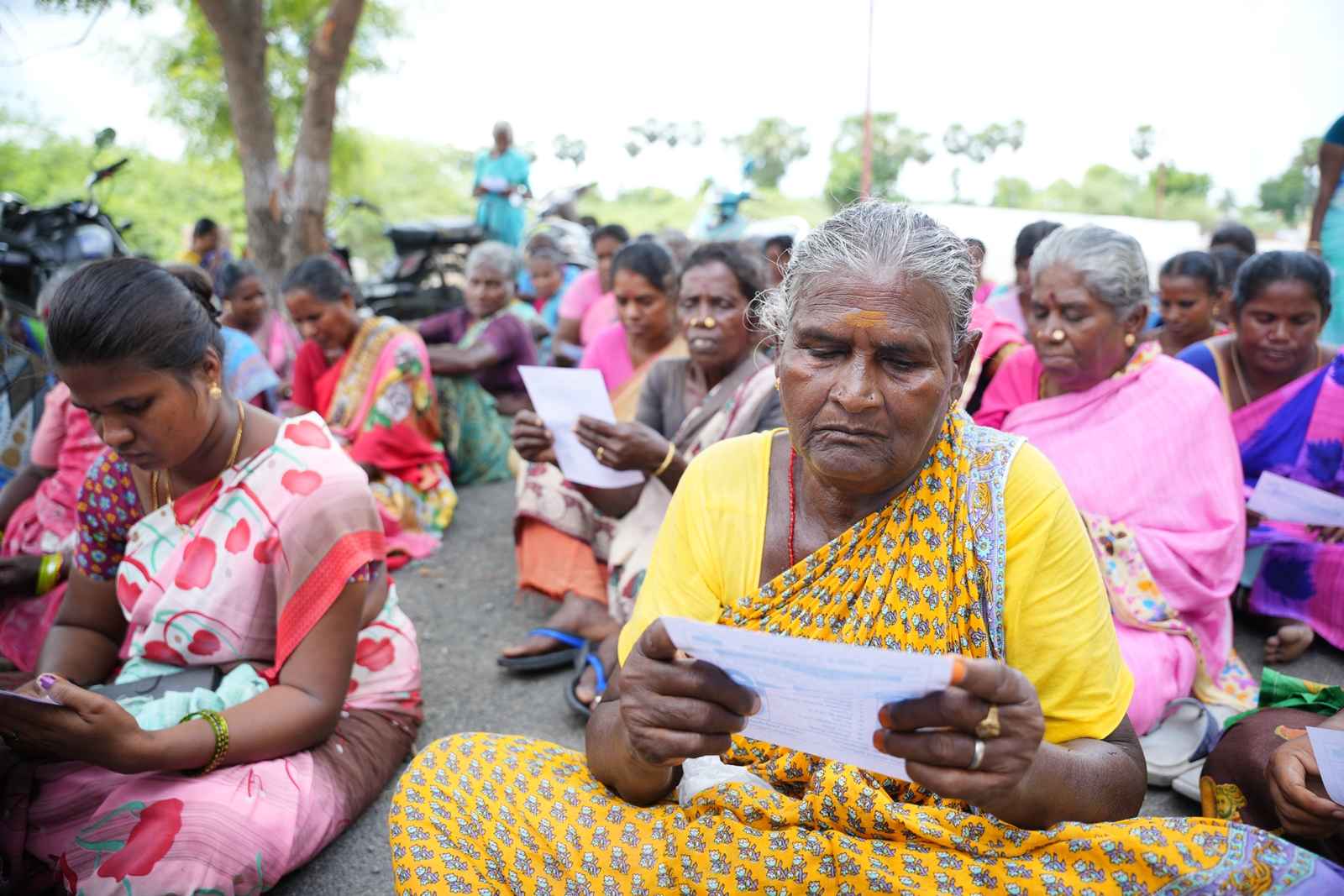In a white saree with tri-colour design, the two-time Olympic medalist, PV Sindhu, led the Indian contingent in the 2024 Paris Olympics on July 26 along with Achantha Sharath Kamal. She was delighted to hold the Indian flag in front of millions. She served with excitement and pride. For she believed it not just to be a one-time opportunity but also her life’s greatest honour. Sindhu is the second woman athlete to have served as an Indian torchbearer in the Olympics. The first Indian torchbearer at the Olympics was Mary Kom, and she served as a torchbearer for the 2020 Tokyo Olympics. This representation, considered a milestone in Indian sports history, is the reflection of the growing recognition and prominence of Indian women athletes on the global stage. But this has not happened easily for the Indian women players.
Following her heartbreaking disqualification at the Paris 2024 Olympics, where she was set to become the first Indian woman to compete in a wrestling final, Vinesh Phogat announced her retirement from the sport. Despite a remarkable run to the final, including a win over the defending Olympic champion, Vinesh was disqualified after failing to make weight for the gold medal bout, leading to dehydration and a subsequent visit to the Olympic Village polyclinic. Her retirement marked the end of a distinguished wrestling career.
Women in Olympics
Though India has been competing in the Olympics since 1900, Indian women athletes made their first representation only half a century later. Their first appearance was in the 1952 Olympics that took place in Helsinki, Finland. The first Indian woman athlete to participate in the Olympics was Nilima Ghose. Alone with Ghose, three other women—Mary D’Souza, Dolly Nazir and Arati Saha—also made their appearance at the event.
Though the Indian women’s squad at the Olympics has been growing since their first appearance, it took the athletes at least another half a century to win their first medal. They have come a long way since weightlifter Karnam Malleswari scripted history by bagging a medal at the Sydney 2000 games. She won the bronze medal. She was closely followed by Mary Kom and Saina Nehwal with their bronze medals at the 2012 London Olympics. In 2016, women athletes were the only Indian medal winners at the 2016 Rio Olympics. While PV Sindhu bagged a silver medal in badminton, Sakshi Malik won a bronze medal in wrestling.
Athlete Mirabai Chanu became the second Indian weightlifter to win a medal at the 2020 Tokyo Olympic. PV Sindhu made history at the game by becoming the first Indian woman and only the second Indian athlete to bag two individual medals in the Olympics.
It might have been disappointing for many in the 20th century to see the Indian women athletes return home empty-handed. But they have strongly hit the gender line, which cracked and broke over a period of time. The fruit of their efforts has become evidenced by the rise in the number of women athletes representing the country at the Olympics. This year, a 117-member Indian squad has travelled to the French capital to participate in the summer Olympics. Of which, at least 40% are women.
Challenges faced by girls in pursuing sports
Though we talk about the rising number of women players proudly, the country continues to see reluctance from parents of girl children in letting their children off in the playground. Even if they are involved in sports, girls are taken out of it before they finish high school or once they attain puberty. A survey conducted by the Women Sports Foundation says that the number of girls dropping out of sports is multi-fold higher than boys. Below are some of the challenges and issues that ignite the dropout rate fiercely.
- Social stereotypes: Despite all the glories women players bring home, many of the Indian households continue to believe sports as a male arena and refuse to let their girls enter it. It is because of the old and common notion that sports are less appropriate for girls who are considered to be fragile and not as strong as boys. Though times have changed and women have started joining the potential workforce in a large number, domestic roles continue to be an important feature in their hats. As a result, families discourage girls from participating in sports, fearing social stigma.
- Lack of female trainers and infrastructure: Sports as a career for women is not prioritised by many. The hesitation becomes evident when one looks at the number of physical education trainers at schools and other coaching centers. It is mainly because of the income disparity. Female instructors are only paid half of what their male counterparts take home. Many Indian households refuse to let their girls be trained by male trainers because of safety concerns. Also, not all the districts in the country have accessible infrastructure for players. It makes it inevitable for the players to move to other cities. While many households are willing to let their boys move, they take their girls out of sports.
- Lack of awareness: One of the significant factors contributing to lower participation of girls in sports in limited exposure. Not many seem to be aware of the available opportunities in sports and the potential career paths that players can pursue. In rural and remote areas, people have inadequate information about the sports programme, scholarships, and training facilities. This in turn has motivated many households to take their girls out of sports after a period of time.
Smile Foundation’s role
The Indian government and NGOs have been taking numerous steps to increase the participation of women in sports. While the government has been focusing on improving the infrastructure and training quality, volunteer organisations have been working hard to involve children in sports. The first steps towards improving women’s participation in sports are pulling them to the school and creating awareness. That was done effectively by Smile Foundation. Our interventions help children to have access to equal opportunities for school competitions and equitable learning.
We have established 405 Mission Education centres to help children aged between 3 and 18 years. We have been working hand in hand with the government to improve infrastructure and other facilities at government schools.
This year, we have completed 12 government collaboration projects. We have also been focusing on enabling learning environments at many places. As a part of this, we have distributed essential learning items, including books and stationery, and sports material to students. In partnership with Sportz Village Foundation, we provide specialised training to selected players and instructors. In the year 2022–23, about 1.20 lakh students were benefitted, of which 60% are girls. More than 25,000 children are benefited through infrastructure support and about 2000 girls received scholarships to pursue their higher studies.









